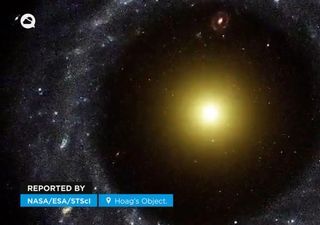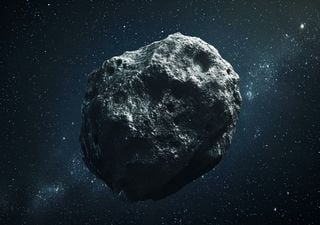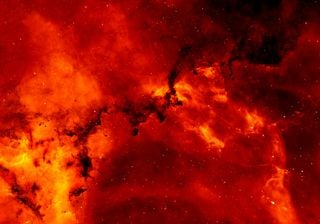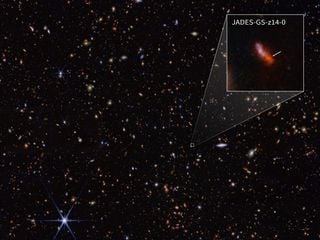Some of the oldest stars in the universe were found in the Milky Way
Trio of stars that are from one of the oldest generations of stars were swallowed by the Milky Way.
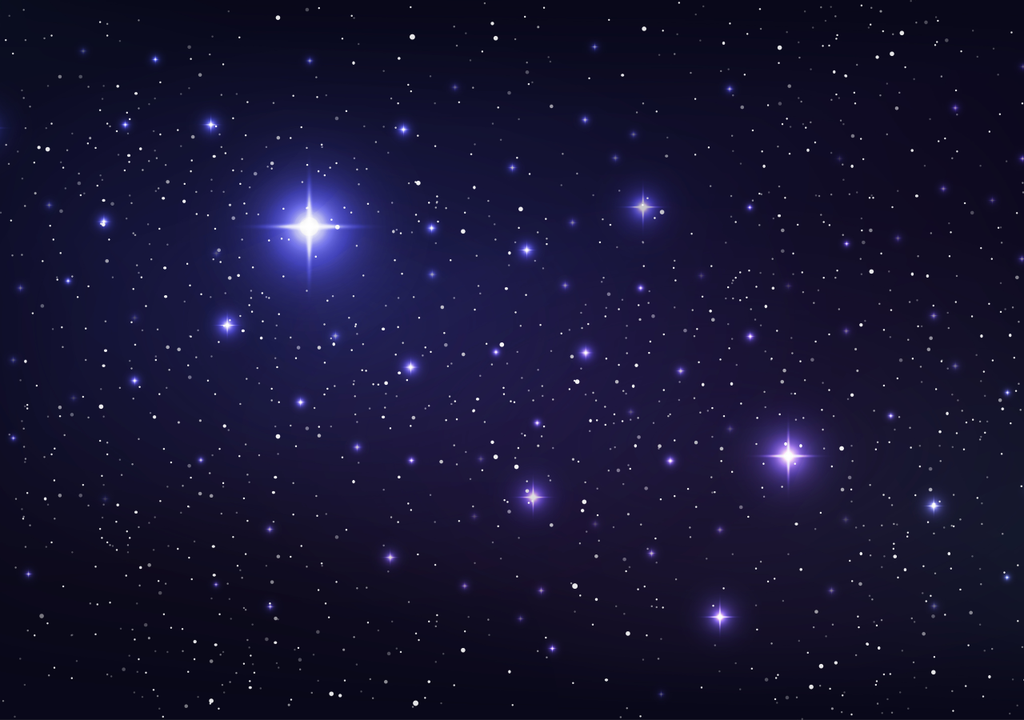
The search for stars of the first generation of stars in the Universe is important to understand how the evolution of structures such as galaxies occurred. When we think of these ancient stars, the first image we have is of stars located in galaxies very far from us. Mainly because the Milky Way is not a galaxy considered very old.
Our Galaxy is considered an intermediate galaxy where it does not have a population of very old stars but it does not have a population of very young stars either. The Sun is an example of a star that, despite being from the last generation of stars, is not very new. Most of the stars in the Milky Way are in the main sequence and have some stars forming mainly in the spiral arms.
A group of MIT researchers found a trio of stars that are similar in age to the time the galaxies were forming. In an article published in the Monthly Notices of the Royal Astronomical Society (MNRAS), the researchers describe how they found the trio of stars and measured their age. The idea is that these stars were swallowed by the Milky Way.
Star population
Stars can be separated into population types. Generally, the classification is due to the chemical composition found in the star, the more metals a star has means that it is from a younger population. The oldest population is called population III of stars that contained stars with only hydrogen and helium composition.
Population III stars are difficult to observe but finding them is an important step in Astronomy to understand how these first stars formed and evolved.
The other two populations are more recent and are called Population I and Population II. Population I is the youngest group of stars and are extremely rich in metals, an example of this group is the Sun itself. Population II, on the other hand, are older stars that are poor in metals and possibly formed when the galaxy itself was younger.
Galactic halo
The Milky Way has components such as disc, bulge and galactic halo. The disc has a greater star formation compared to the others and has younger stars. In the galactic halo, which is a structure that encompasses the bulge and the disc, older stars can be found. These stars are in globular clusters that is a set of gravitationally connected stars.
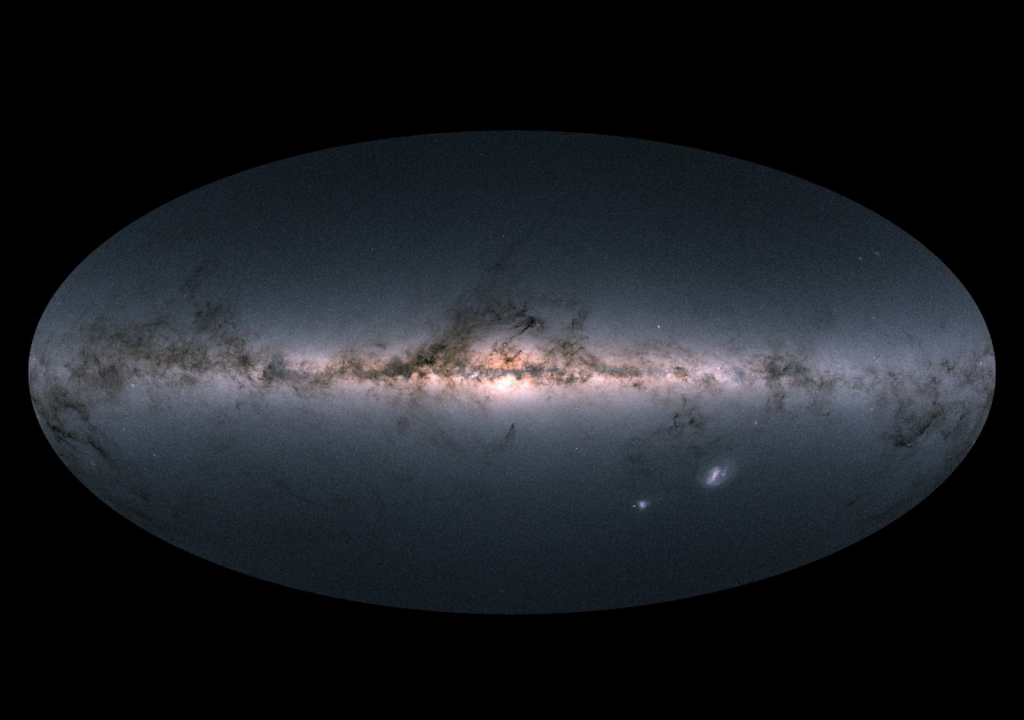
Clusters are some of the oldest components of the galaxy and give information about the formation and evolution of the galaxy. The galactic age itself can be inferred through observations of the halo. In addition, understanding the dynamics that the clusters have in the halo gives clues about possible interactions with other galaxies during the evolution of the Milky Way.
Trio of old stars
Using data from the Magellan telescope located in Chile, a group of researchers found three stars that drew attention. The group's interest was to look for old stars that formed soon after the Big Bang. When observing these stars, the group found that they had a very low value of metallicity placing them in Population II.
The stars were named Small Accreted Stellar System stars (SASS) and the measurements were compared with those of the Sun. These stars have only 1/10000 of the amount of iron in relation to helium. The estimate is that these stars are a little over 13.8 million years old and would be a value similar to what is expected of the first galaxies to form.
Swallowed by the Milky Way
The most curious thing about these stars is that when analyzing their orbit, they are walking in an opposite direction to that of the rest of the stars in the Milky Way. This may indicate that they belonged to another galaxy that was swallowed by the Milky Way in the past. The group estimates that they belonged to a satellite dwarf galaxy of our Galaxy that was grouped at some point.
They are a piece of the puzzle to understand how our own Galaxy has evolved as well as to understand how stars were formed. They draw attention because they are very old stars but are still close to us being a perfect target for study. Since with the proximity it is possible to obtain more information about them using data from telescopes such as Gaia.





